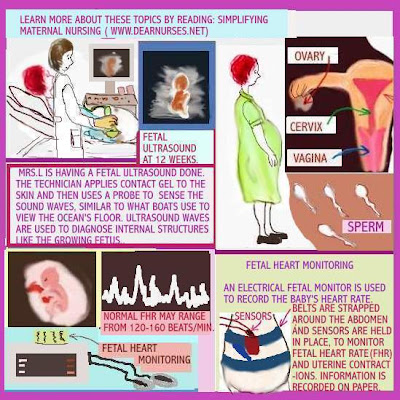ADDRESSING CODE BLUE AND MEDICATION ERRORS
blood pressure. The doctor ordered Morphine for the pain and
Dopamine for the hypotension. Both medications were given
and started the Dopamine infusion.
IV bag and did not document what time both medications were
to the time that medications are given.
Learn more about emergency events:
Types of medication errors
Have a good day.











